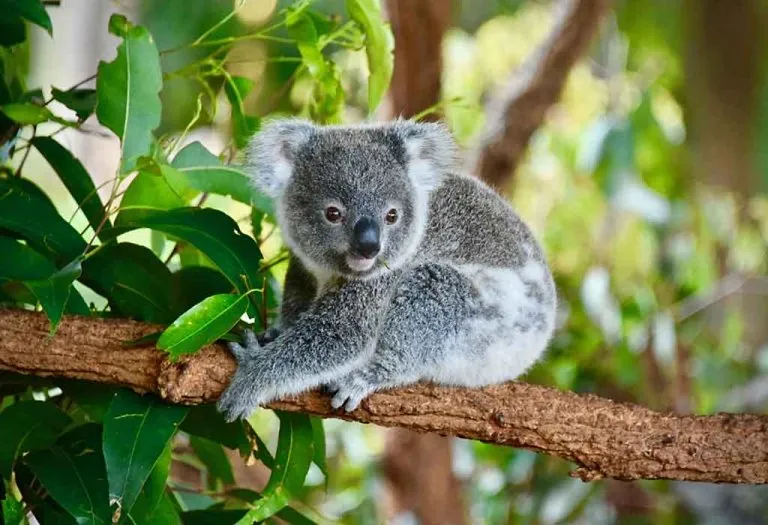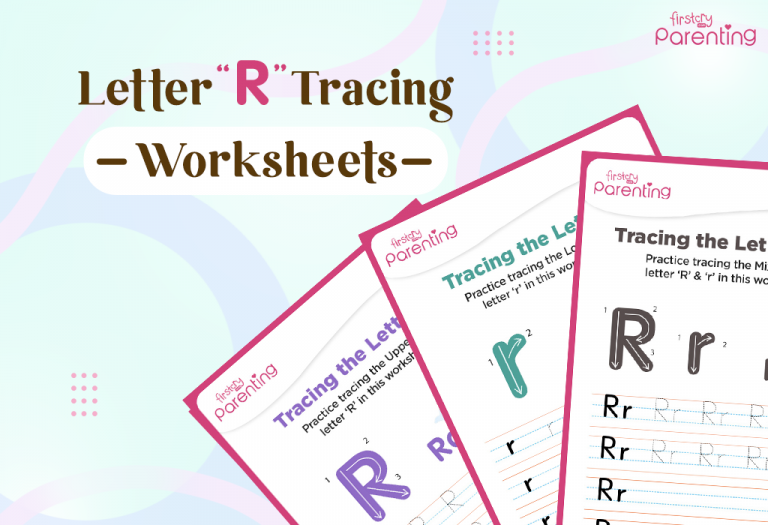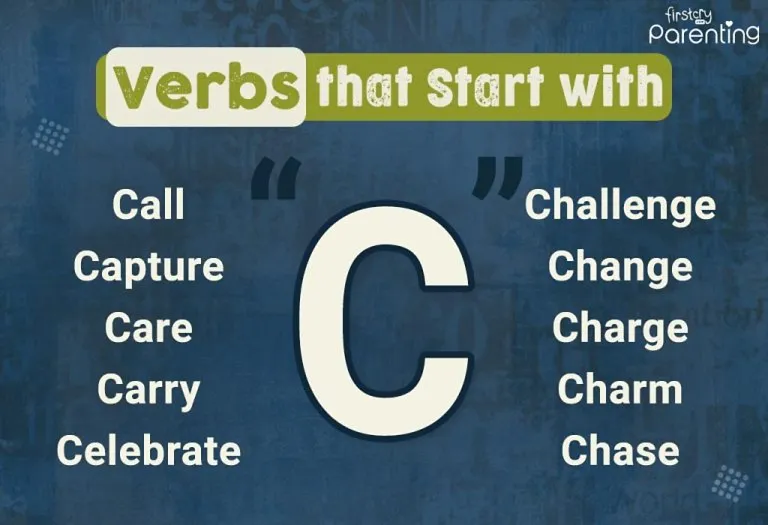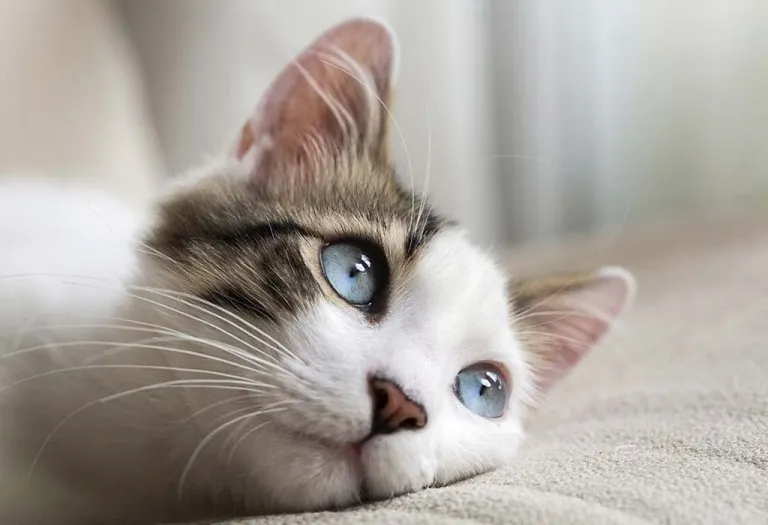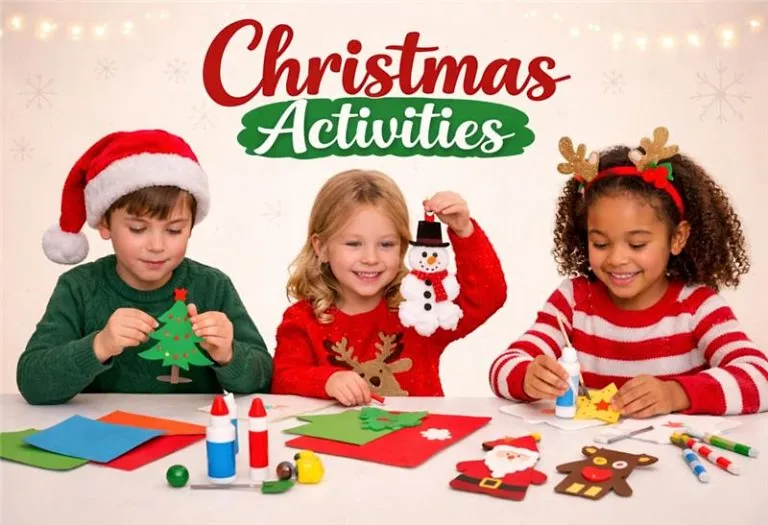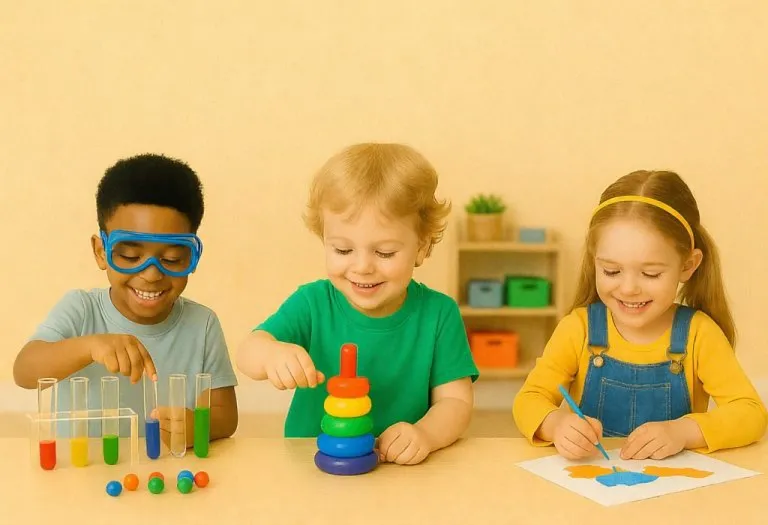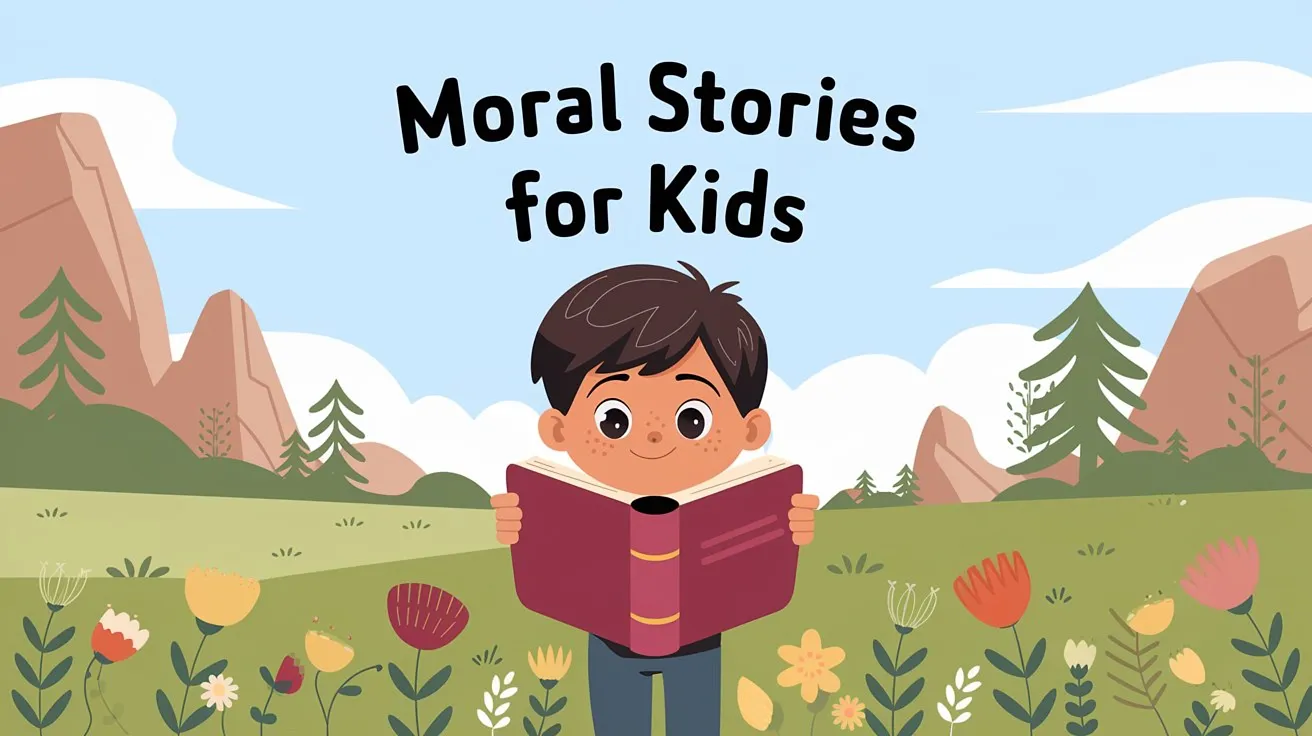11 Interesting Koala Facts for Kids
- Are Koalas Bears?
- Are Koalas Mammals?
- Where Are They Found?
- What Do They Eat?
- Types of Koala Bears
- How Do They Behave and What Is the Average Lifespan of Koala Bear?
- How Do They Adapt Environment?
- Other Amazing Facts About Koalas for Kids
- FAQs
As parents, we try everything to keep our kids busy and make them learn something new every day. If you’re a parent to a toddler or an older kid, you must be doing everything possible to keep your energetic munchkin engaged. While there are several activities that you could engage your child in, if your child likes animals, he will be more than happy to learn about a new animal daily. Every day, you can tell him some interesting facts about an animal and enhance his knowledge. You could start by telling him about koala bears. Koalas are one the cutest and most adorable creatures on the earth and your kids will love to learn about this animal. In this article, we will share some fun and fascinating koala facts for kids to enjoy and learn from.
Are Koalas Bears?
Nope! Koalas are not bears, even though people often call them “koala bears.” They’re actually marsupials, which means they carry their babies in a pouch, just like kangaroos (1)!
Are Koalas Mammals?
Yes, koalas are mammals. That means they have fur, are warm-blooded, and koala moms feed their babies milk (2).
Where Are They Found?
Koalas live in Australia, mostly in eucalyptus forests (3). They love climbing trees and spending most of their time up there, snoozing or munching on leaves.
What Do They Eat?
Koalas eat mainly eucalyptus leaves, and that’s pretty much all they eat! These leaves aren’t very nutritious, so koalas sleep a lot to save energy, up to 18-20 hours a day (4)!
Types of Koala Bears
There is only one species of koala, but they can look a bit different depending on where they live (5):
- Northern Koalas – Smaller, with shorter and lighter fur.
- Southern Koalas – Bigger, with thicker and darker fur.
How Do They Behave and What Is the Average Lifespan of Koala Bear?
Koalas are quiet and sleepy animals. They spend most of their time in trees and sleep up to 18-20 hours a day because their food doesn’t give them much energy (6). They’re mostly alone and like to have their own space.
The average lifespan of a Koala is between 10 to 15 years (2).
How Do They Adapt Environment?
Koalas have special adaptations to live in trees. They have strong arms and sharp claws for climbing. Their thick fur keeps them warm, and their digestive tracts are long and referred to as ‘cecum’ which breaks down the leaves without harming them (7) (8).
Other Amazing Facts About Koalas for Kids
Are you looking for fun facts about koalas for kids? You’ve come to the right place. With each fact, you will be learning and sharing some fascinating information about koala with your child!
1. One of the more interesting fun facts about koalas for kids is that they have pink or black noses.
2. Shocking, but true. Baby koalas use their instincts and a strong sense of smell to find their way into their mother’s pouch after they are born. At birth, their eyesight is not that developed and for several months after the birth, a mother koala carries her joey in her pouch (7).
3. Koalas aren’t exactly little bundles of energy. When they’re not busy eating, they sleep for up to 18 hours a day.
4. Koalas are nocturnal animal hence they are awake at night.
5. Koalas don’t usually drink a lot of water since they get moisture from the eucalyptus leaves (6). They also eat gum leaves which are toxic to other animals but safe for them.
6. The fingerprints of a Koala are very similar to that of humans (9).
7. Koalas don’t have big brains. This is because of their low-fat diets resulting from just consuming eucalyptus leaves and conserving energy constantly.
8. The fossil record of koalas date back to as long as 20 million years ago. This means they had ancestors and their closest living relatives were the wombats.
9. A piece of interesting koala information for kids is that these creatures don’t make a lot of noise. The only exception is during the breeding season.
10. Koalas have two thumbs on each front paw. This helps them get a strong grip on tree branches and climb like pros.
11. Koalas have special scent glands on their chest. Males rub it on trees to mark their territory and let other koalas know they’re nearby.
FAQs
1. What is a baby koala called?
A baby koala is called a joey. When it’s born, it’s tiny, about the size of a jellybean! It climbs into its mother’s pouch, where it stays safe (7).
2. Are koalas friendly?
Koalas are usually calm and quiet, but they like to be left alone. They don’t usually interact with people in the wild, and while they may look cuddly, they have sharp claws and can be grumpy if disturbed (1).
3. Can koalas swim?
Yes! Koalas can swim if they need to cross a river or escape danger (2). Even though they spend most of their lives in trees, they’re surprisingly good swimmers.
These are some interesting facts about koalas, do share them with your kids. We’re sure he will love learning about cute and cuddly koalas. These facts should help you get your kids started on learning about different animals, but there’s more to them. Look for more information on koalas and share it with your child and with us too, in the comments section!
References/Resources:
1. International Fund for Animal Welfare – Koala facts and statistics
2. Friends of the Koala – ABOUT KOALAS: FACTS
3. World Wildlife Fund – 10 INTERESTING FACTS ABOUT KOALAS
4. Cleveland Zoological Society – Truth or Tail: Koalas are not a type of bear.
5. Department for Environment and Water – Koalas
6. The State of Queensland – Koala facts
7. National Center for Families Learning – How Cuddly Are Koalas?
8. Encyclopedia Britannica – koala
9. One Tree Planted – 11 FASCINATING FACTS ABOUT KOALAS
Also Read:
Wolf Facts for Children
Tiger Facts for Children
Polar Bear Facts for Kids
Cheetah Facts for Children
Facts about Dog for Children
Fox Facts and Information for Kids
Was This Article Helpful?
Parenting is a huge responsibility, for you as a caregiver, but also for us as a parenting content platform. We understand that and take our responsibility of creating credible content seriously. FirstCry Parenting articles are written and published only after extensive research using factually sound references to deliver quality content that is accurate, validated by experts, and completely reliable. To understand how we go about creating content that is credible, read our editorial policy here.






